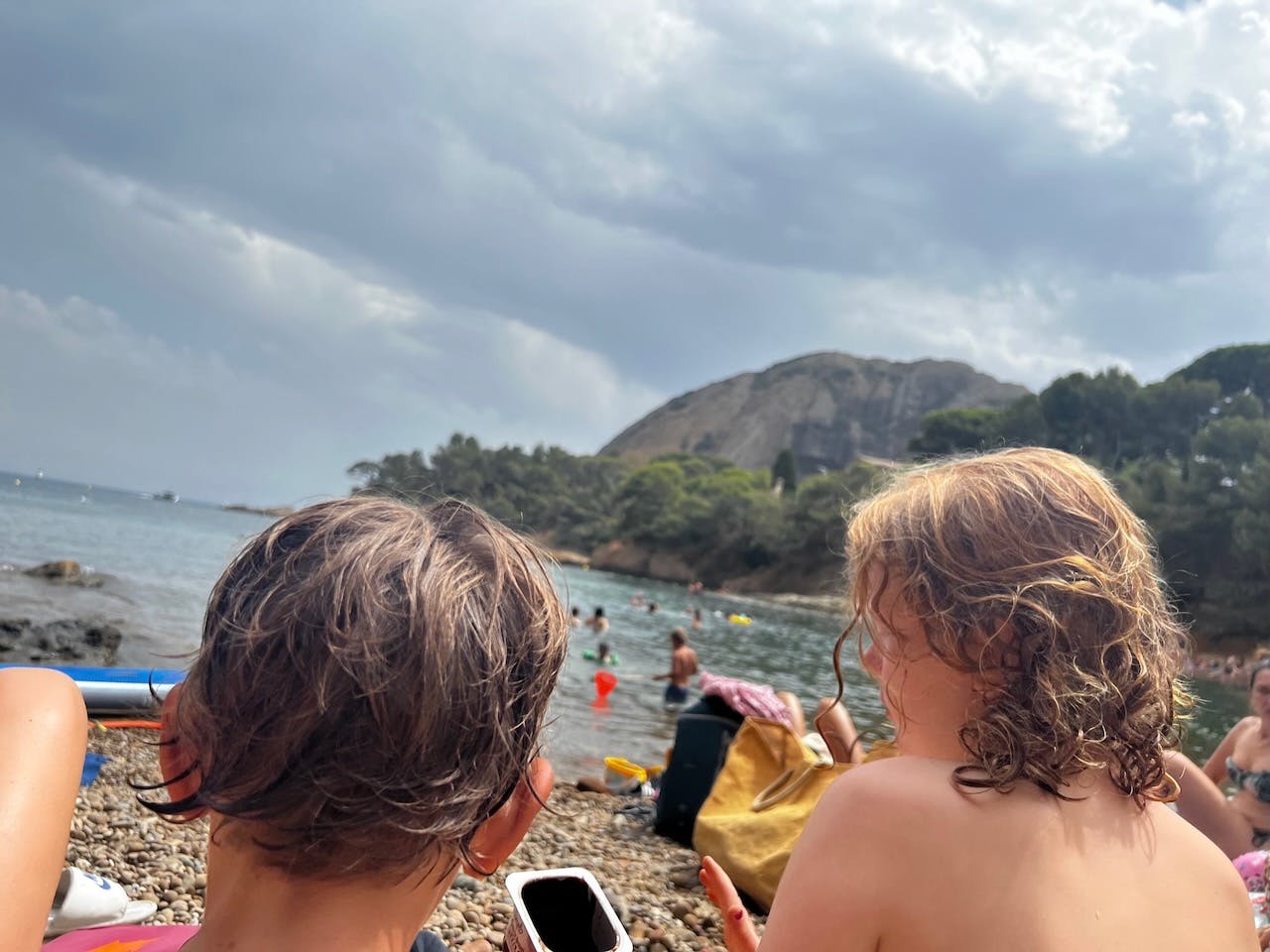La Ciotat, The Calanque National Park
Jul 17, 2023
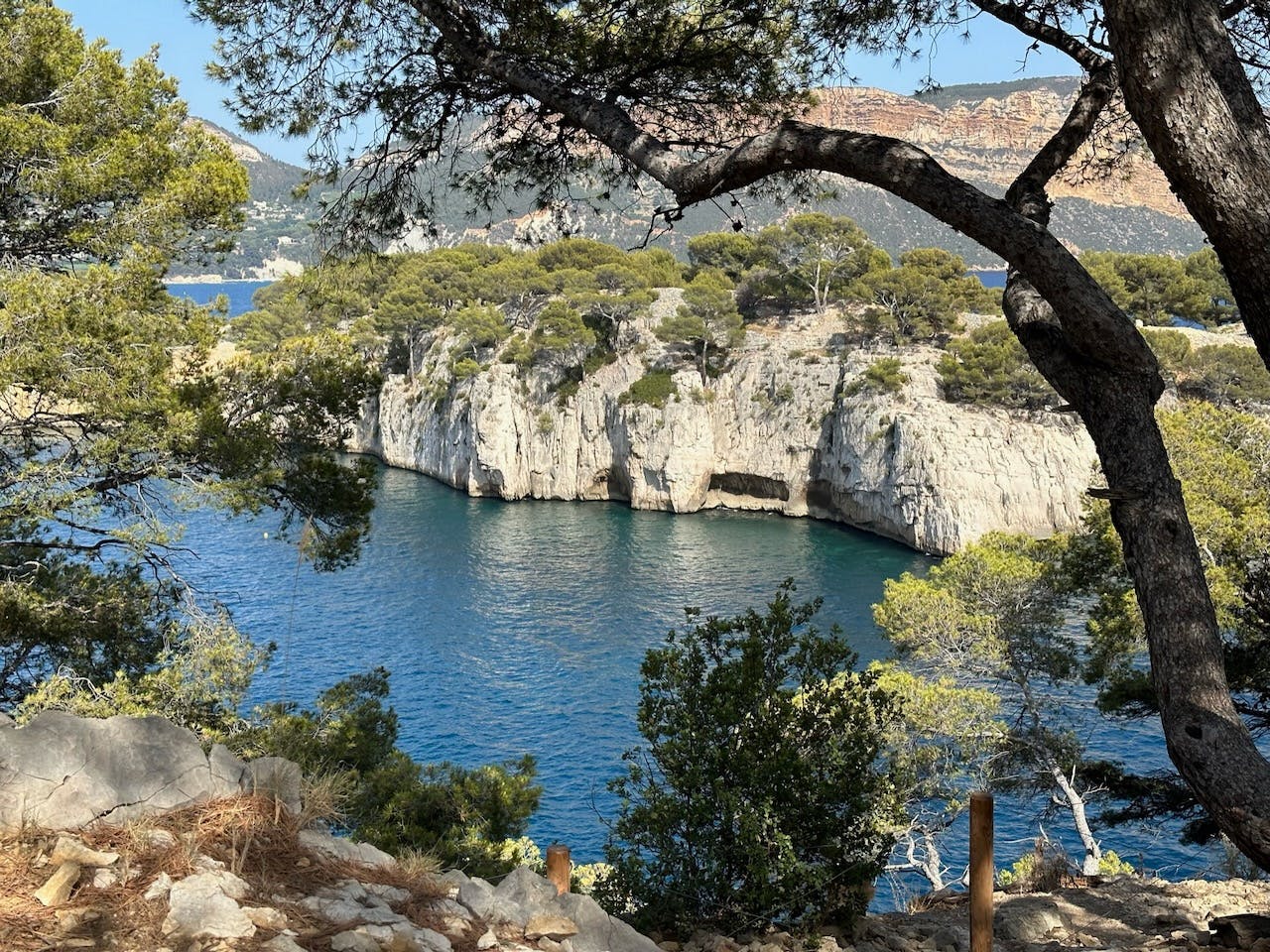
July 16-22, 2023
La Ciotat, France, Parc National les Calanques. The Provençal word "calanques" means coves bordered by steep slopes. And steep slopes we found! We stayed in an AirBnB in La Ciotat which is the most eastern point of the park. Here there were many calanques within walking distance made of limestone, sandstone and "poudingue", a rock composed of pebble debris conglomerate. These are the photos with brown rock.
Further west near Cassis and onto Marsielle, is the white rock. This is a mass of white limestone of the urgonian type, which is very compact, hard and shell-like, meaning it is rich in fossils. It creates a stark contrast to the deep blues and greens of the Mediterranean Sea.
The fact we do not have many photos is a good sign. We put phones away most of the time and simply swam, snorkeled, jumped, climbed and played!
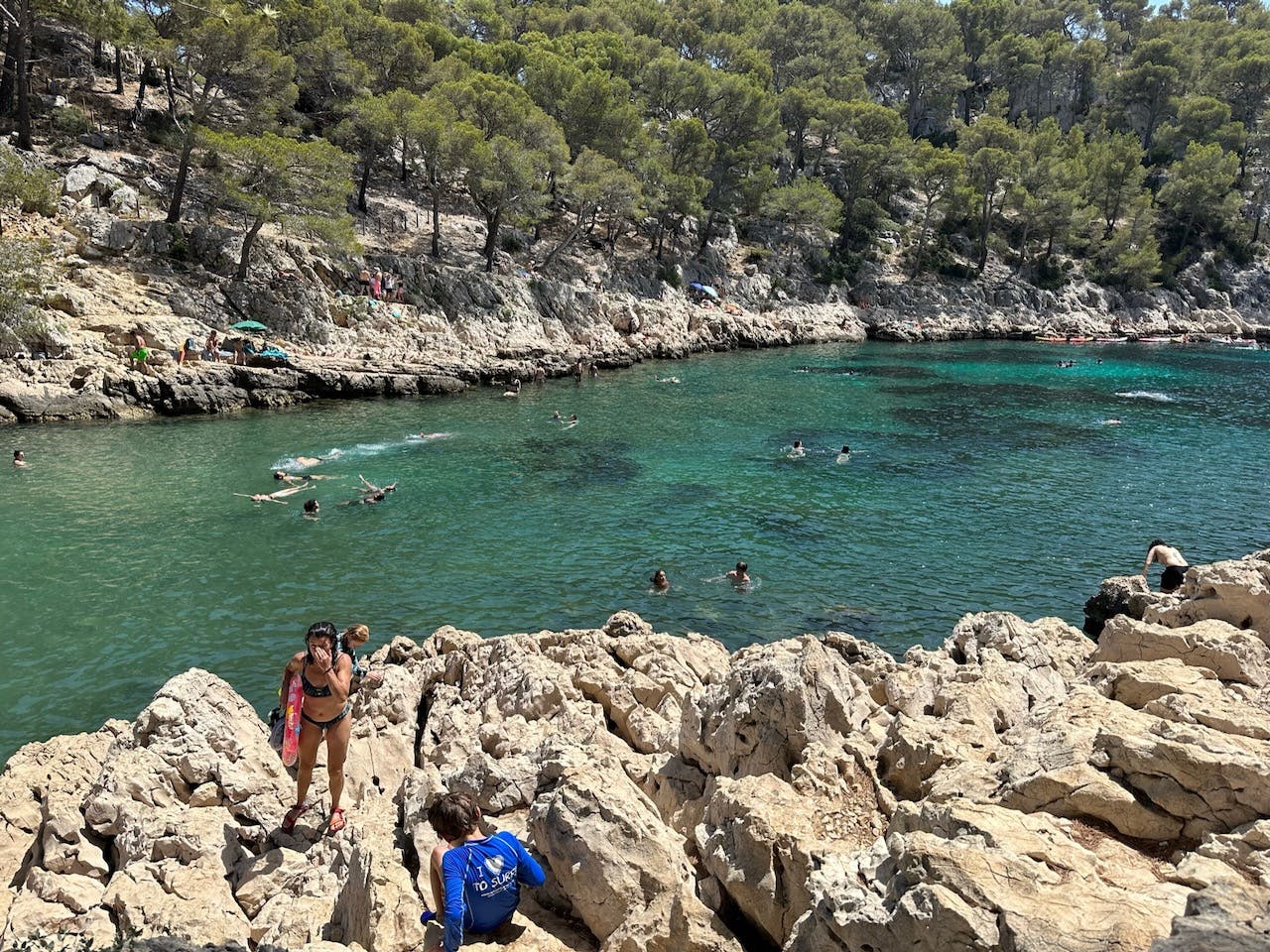
Calanque de Port Pin, Cassis, France
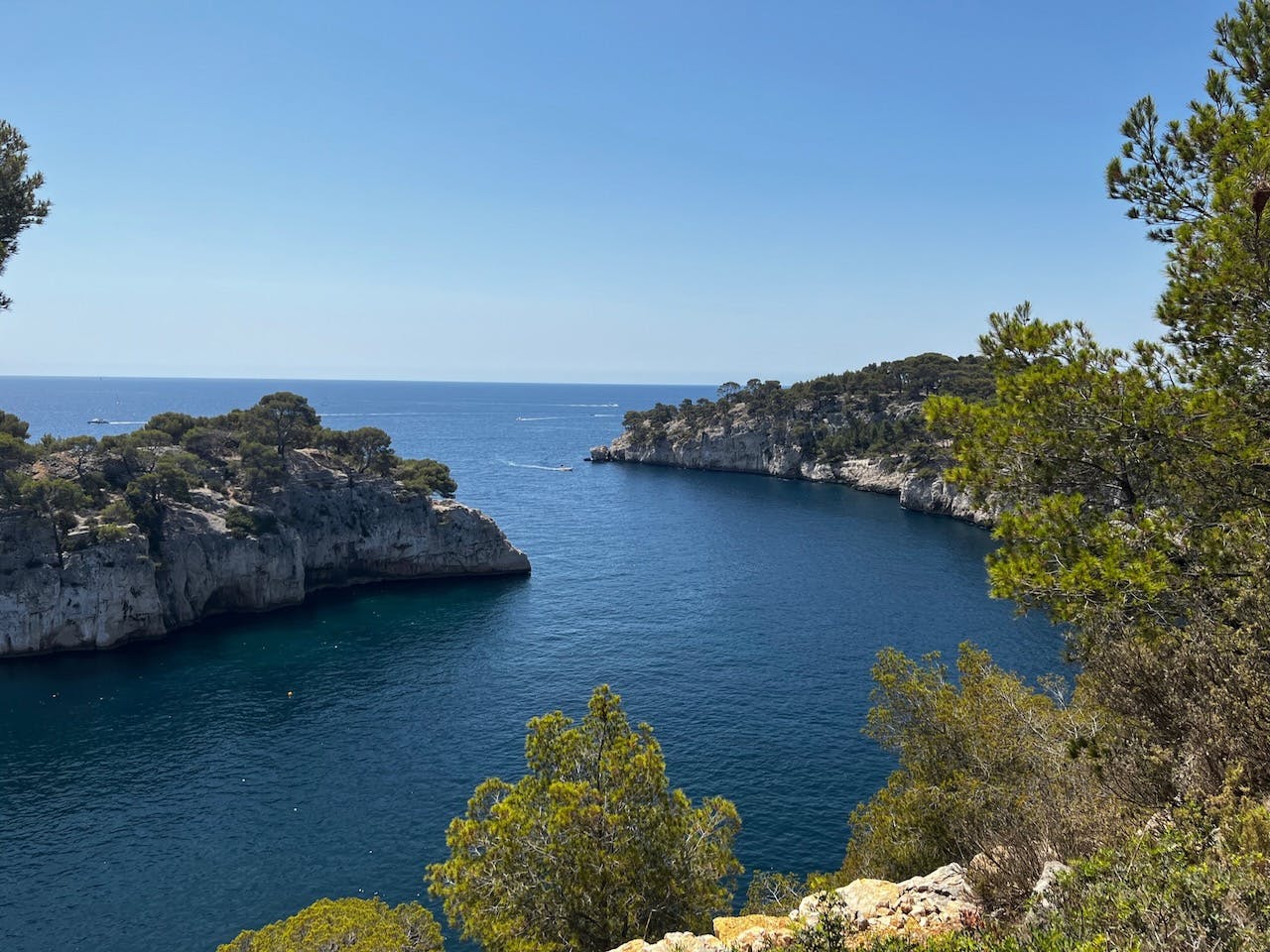
Calanque de Port Miou
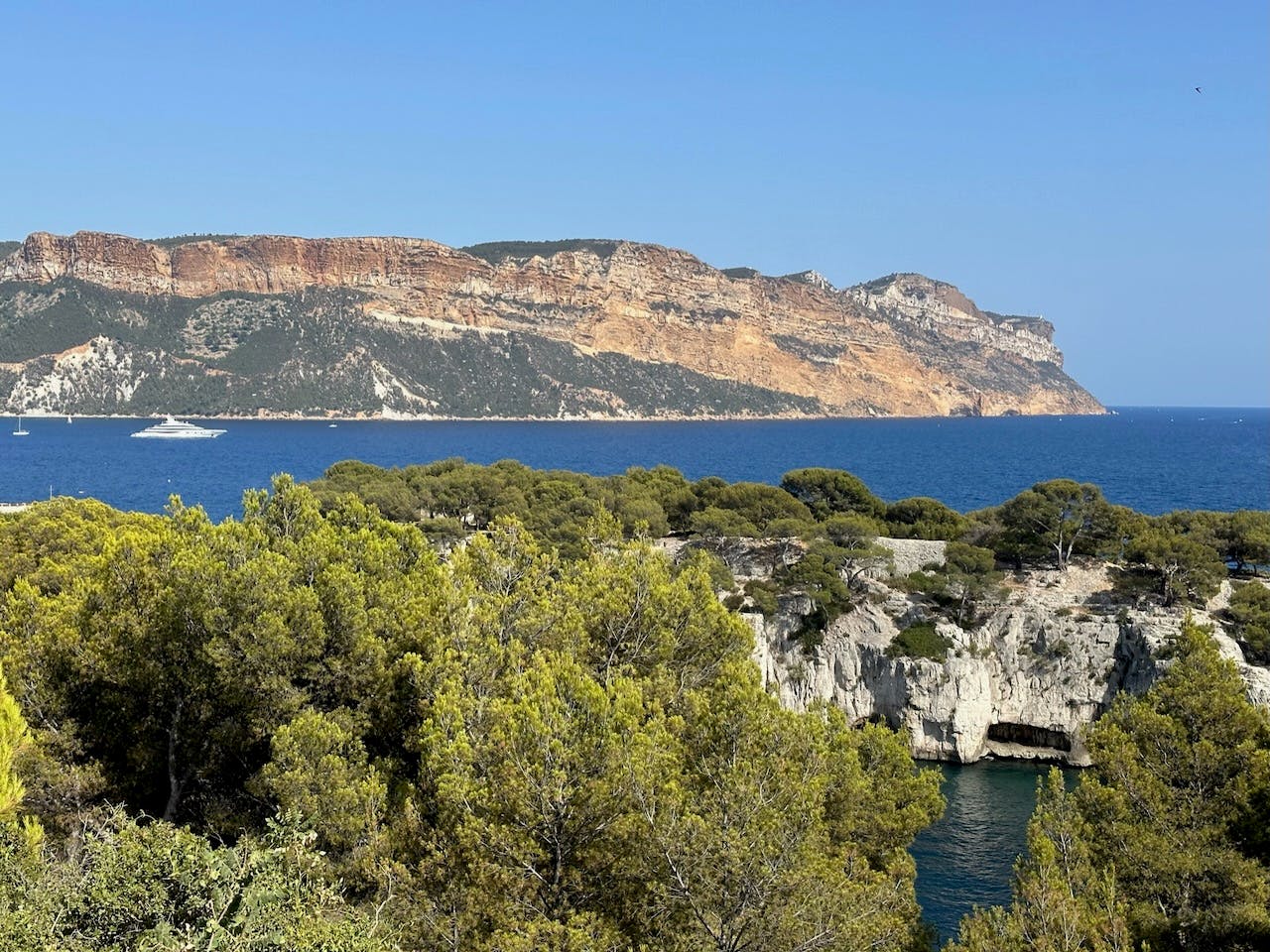
How were they formed? Two process of plate tectonics and glacial erosion. During the Tertiary era, 60 million years ago, the African and European plates overlapped and these rocks thus emerged. This is how the Pyrenean-Provençal chain, which includes the Pyrenees, Corsica and Sardinia, was formed. Then this massif eroded, fractured and gradually became deformed. Warm periods facilitate the creation of a karstic network. The dissolving action of the runoff and infiltration of the water sculpts the landscape, leading to the formation of caves and underground rives.
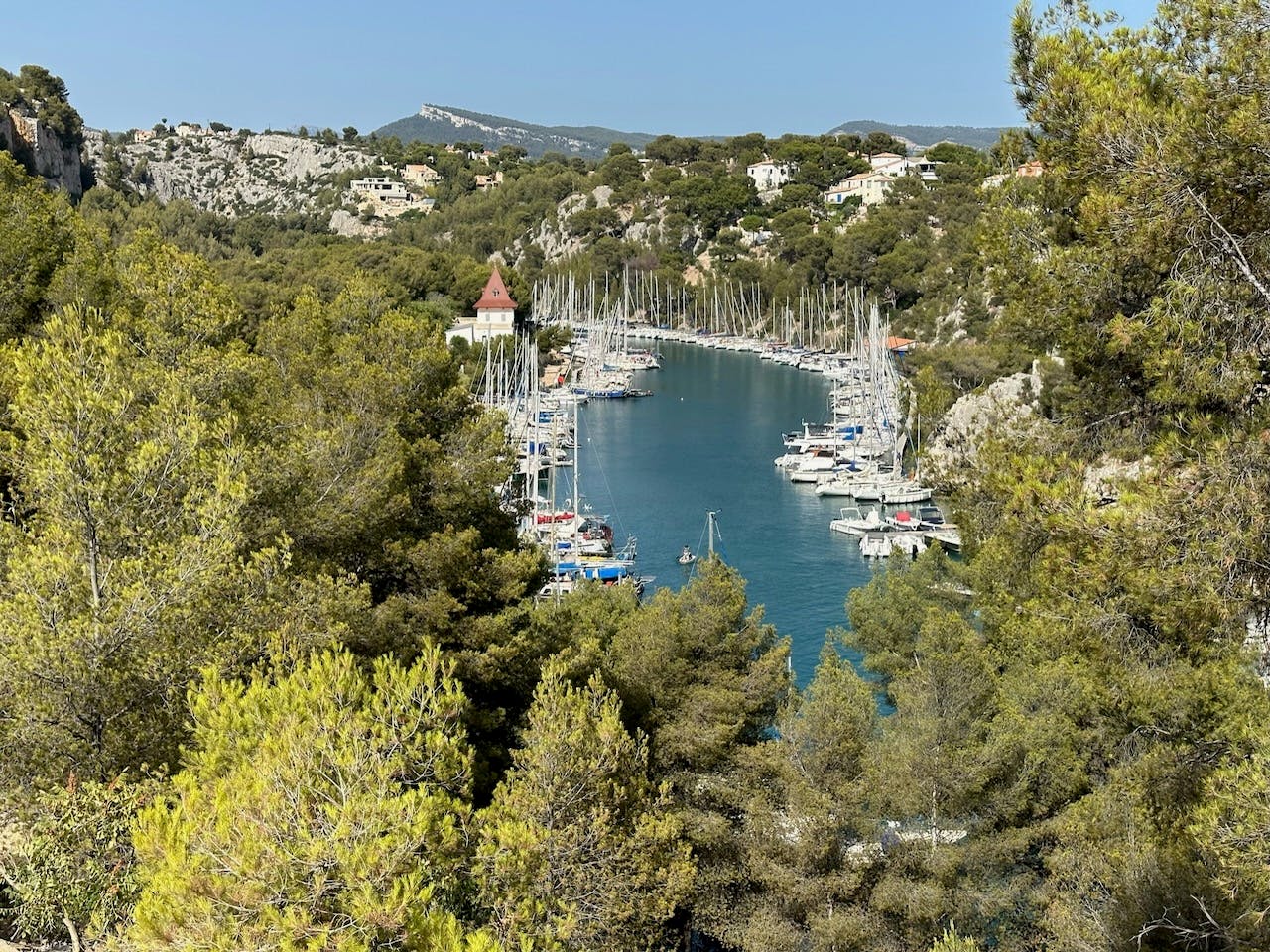
Calanque de Port Miou. Very accessible and houses many boats due to its very naturally protected waters.
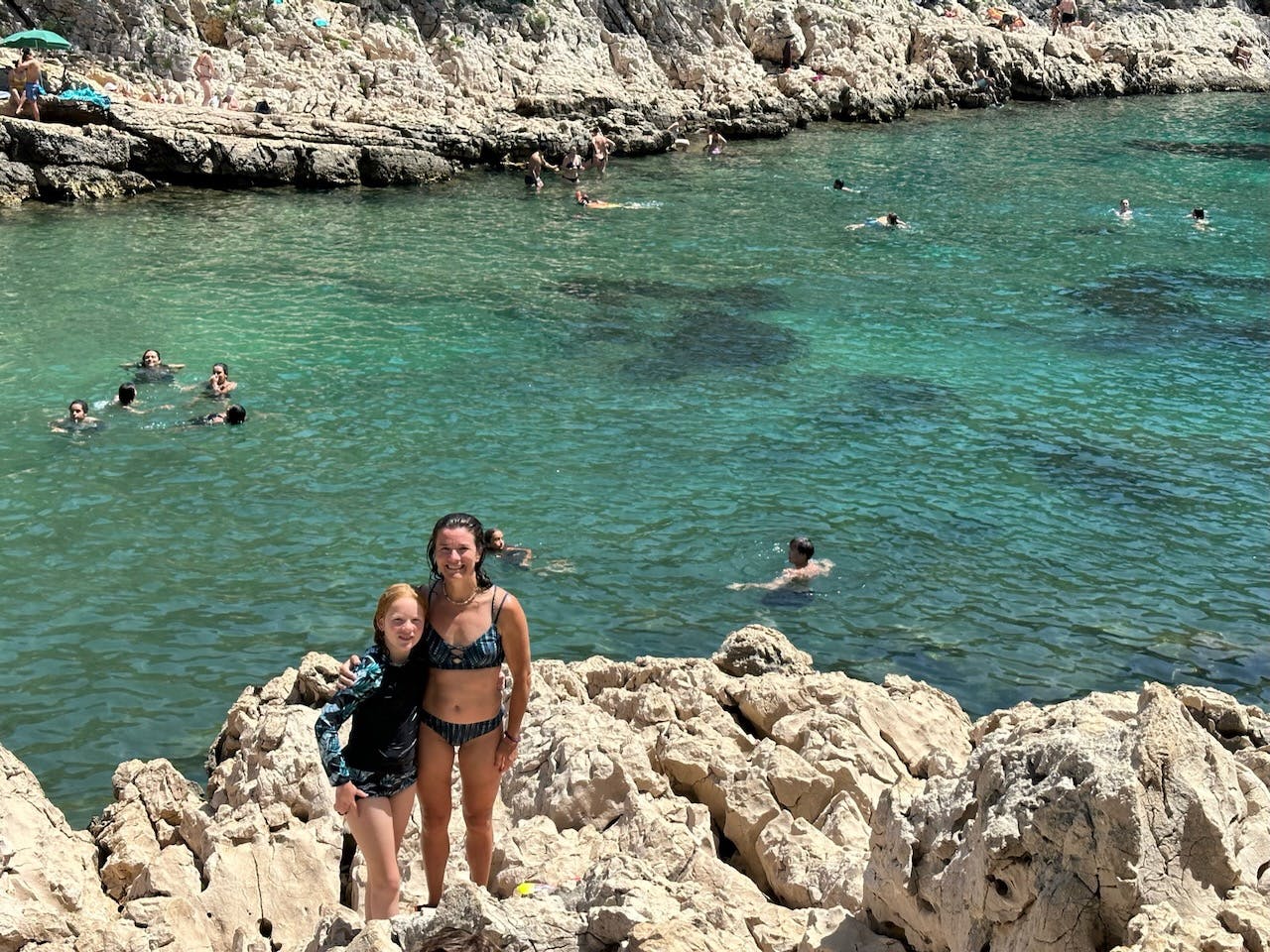
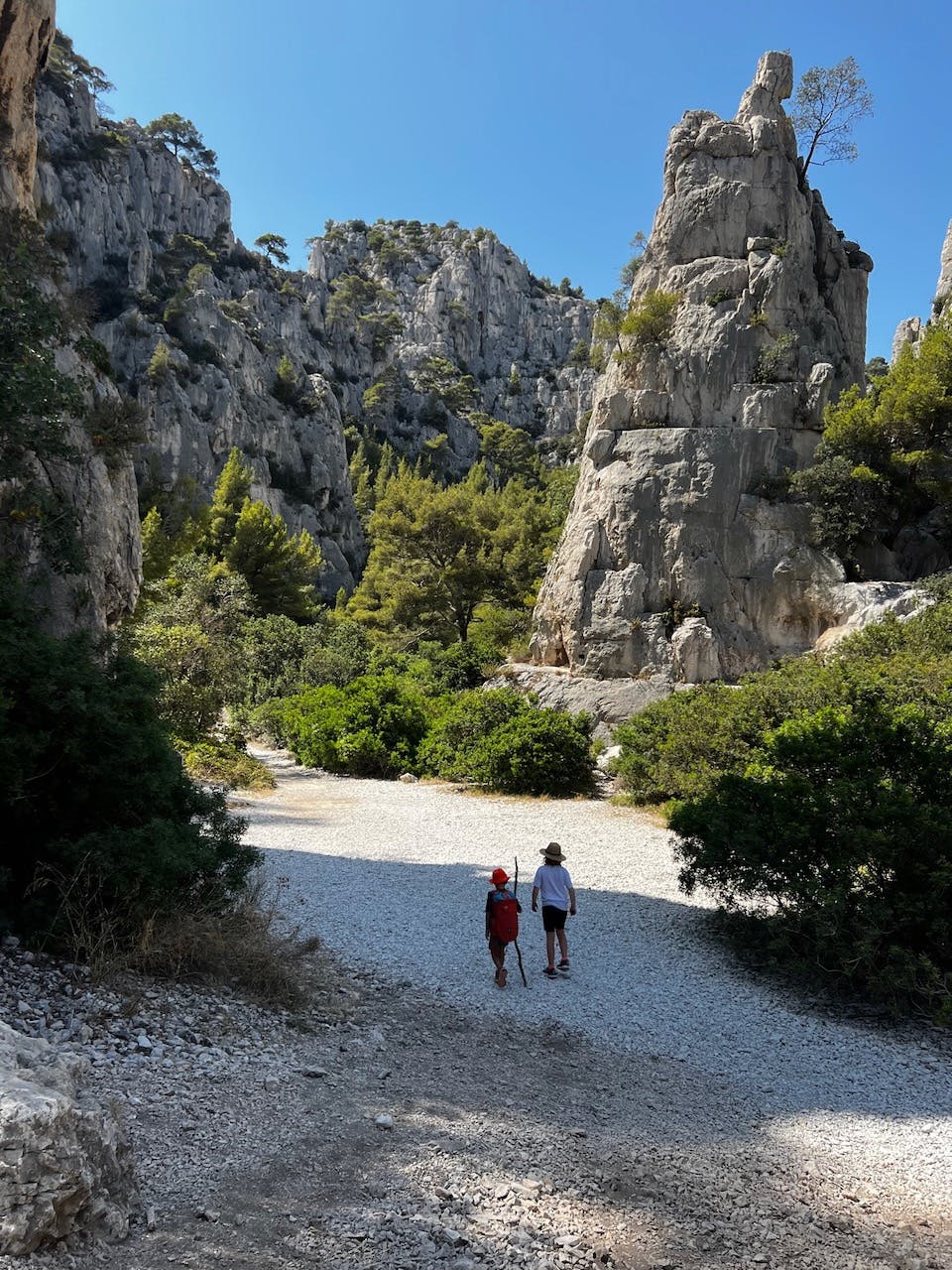
Walking to Calanque d'en Vau. This makes this incredibly difficult walk look like a piece of cake. To get here we climbed in and out of many steep limestone walls. The kids hiked over 5 miles in the hot summer heat. But this Calanque was well worth it. The best water soloing and cliff jumping of any of the other calanques.
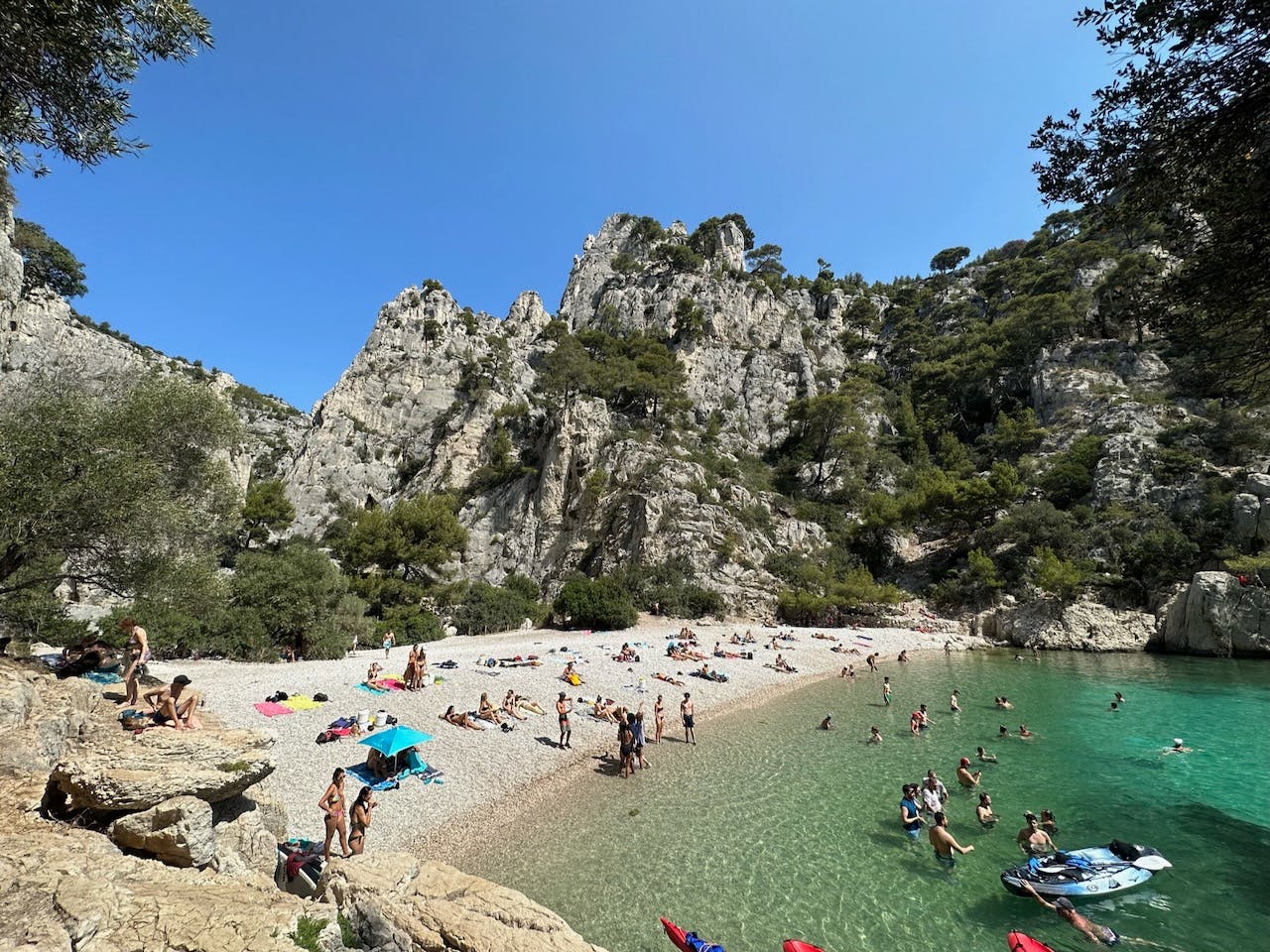
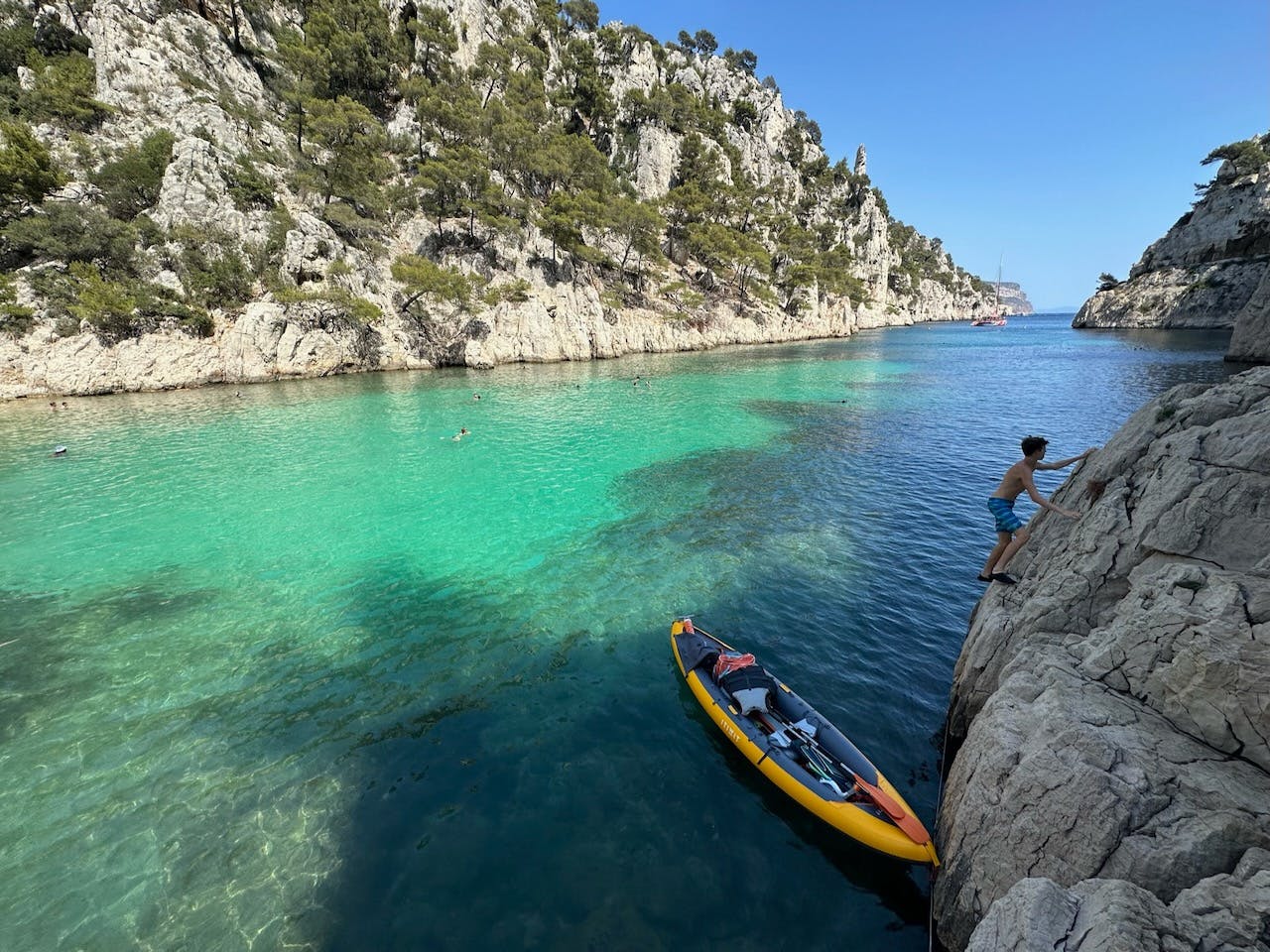
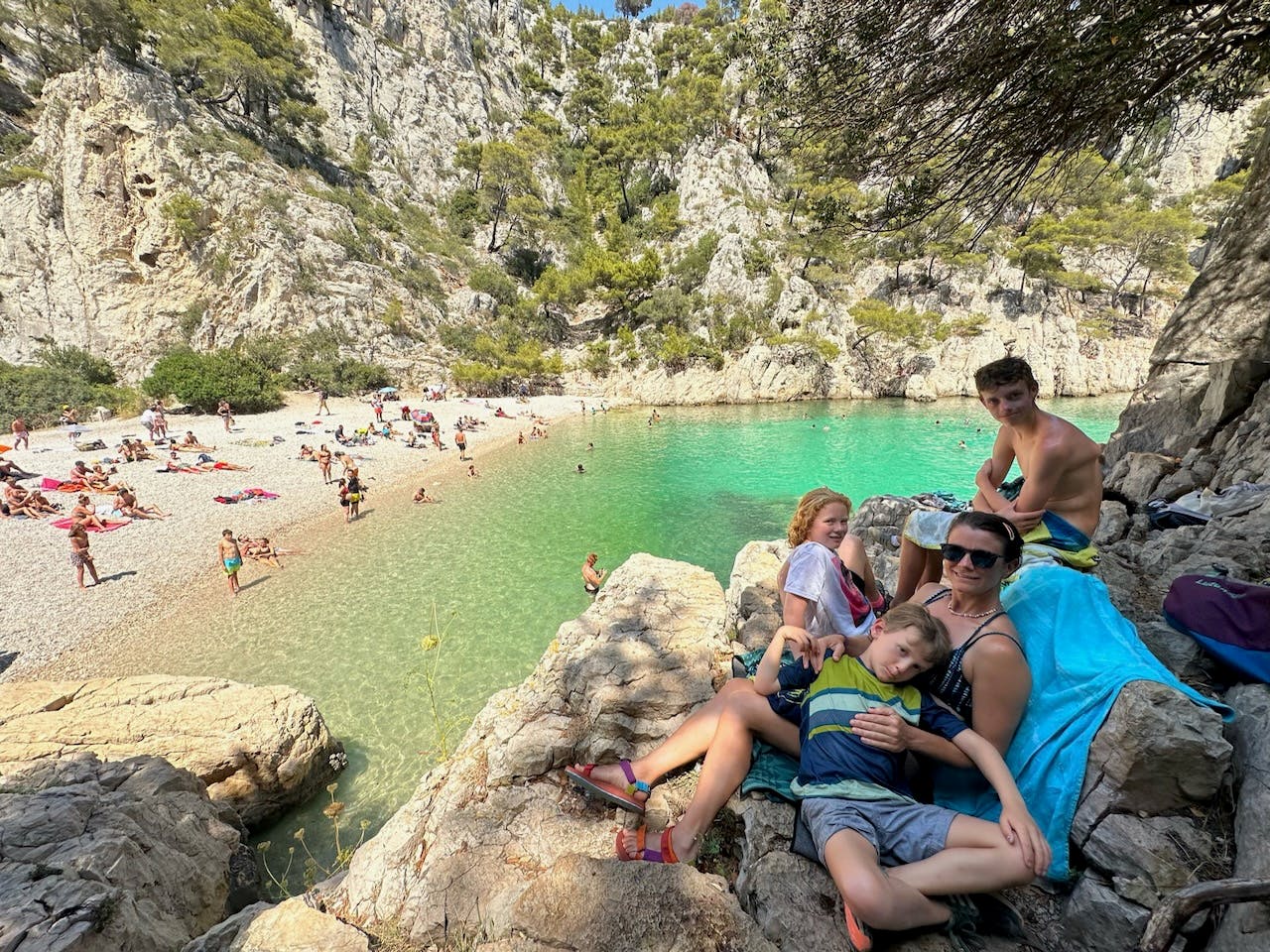
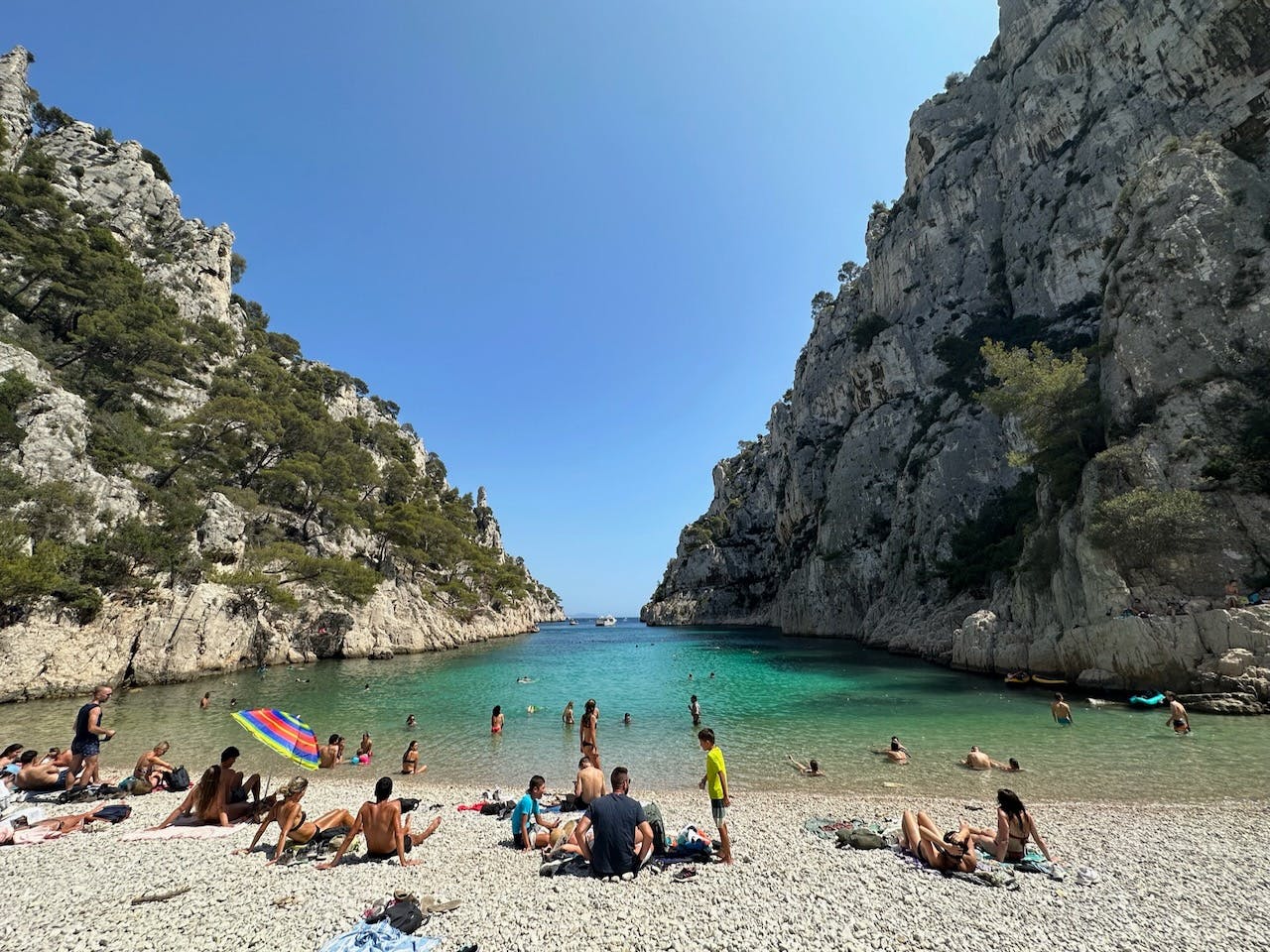
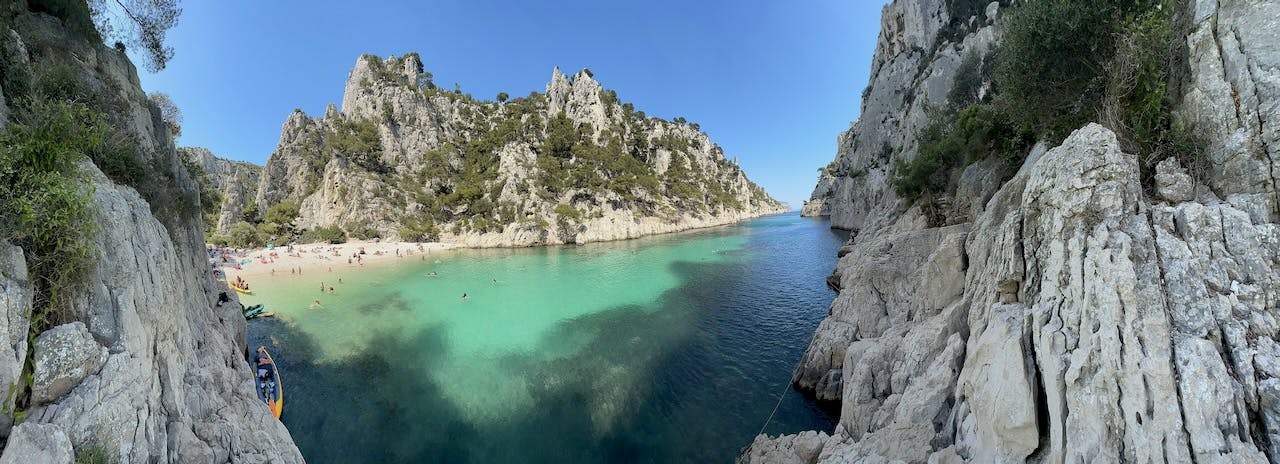
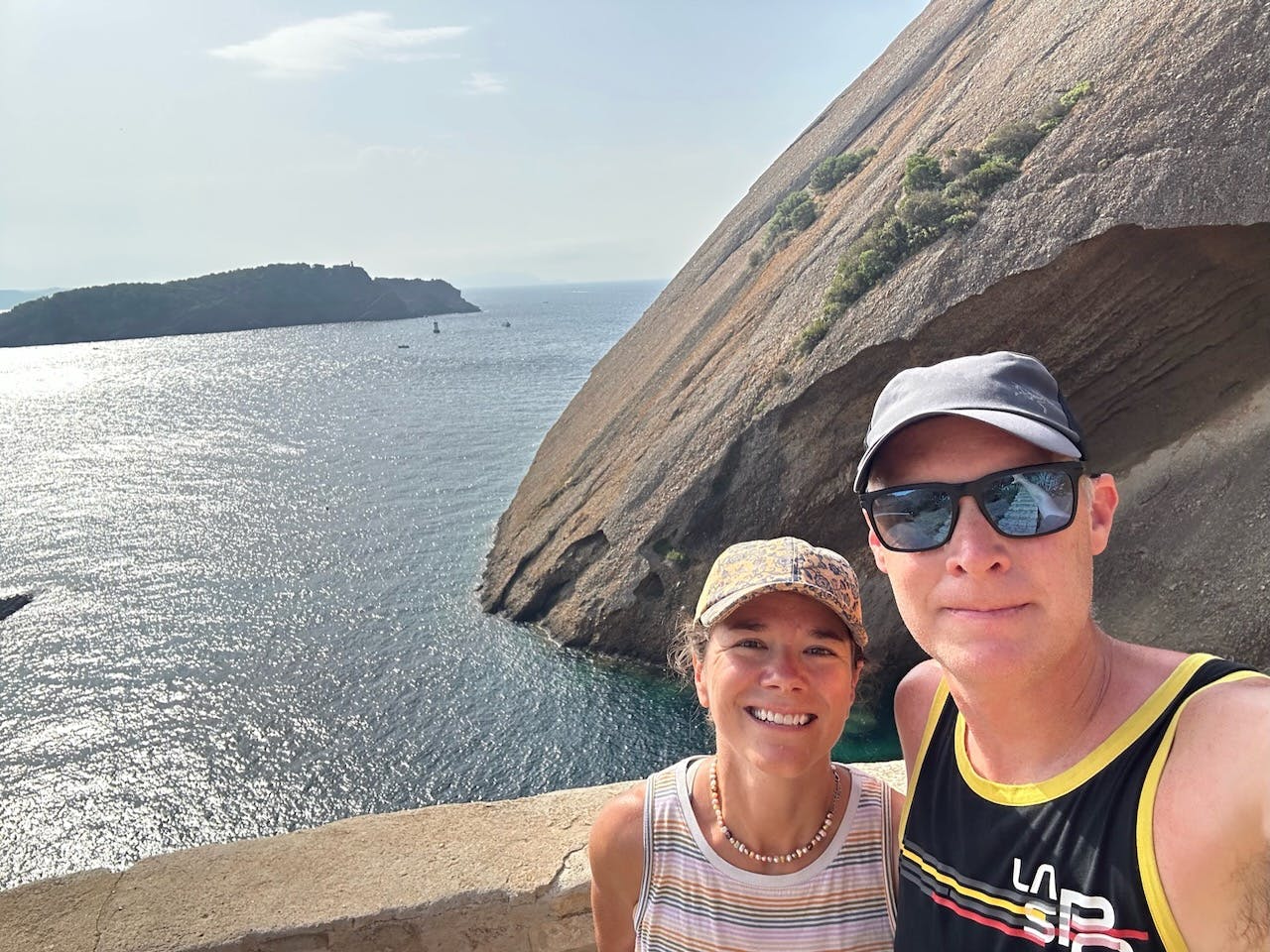
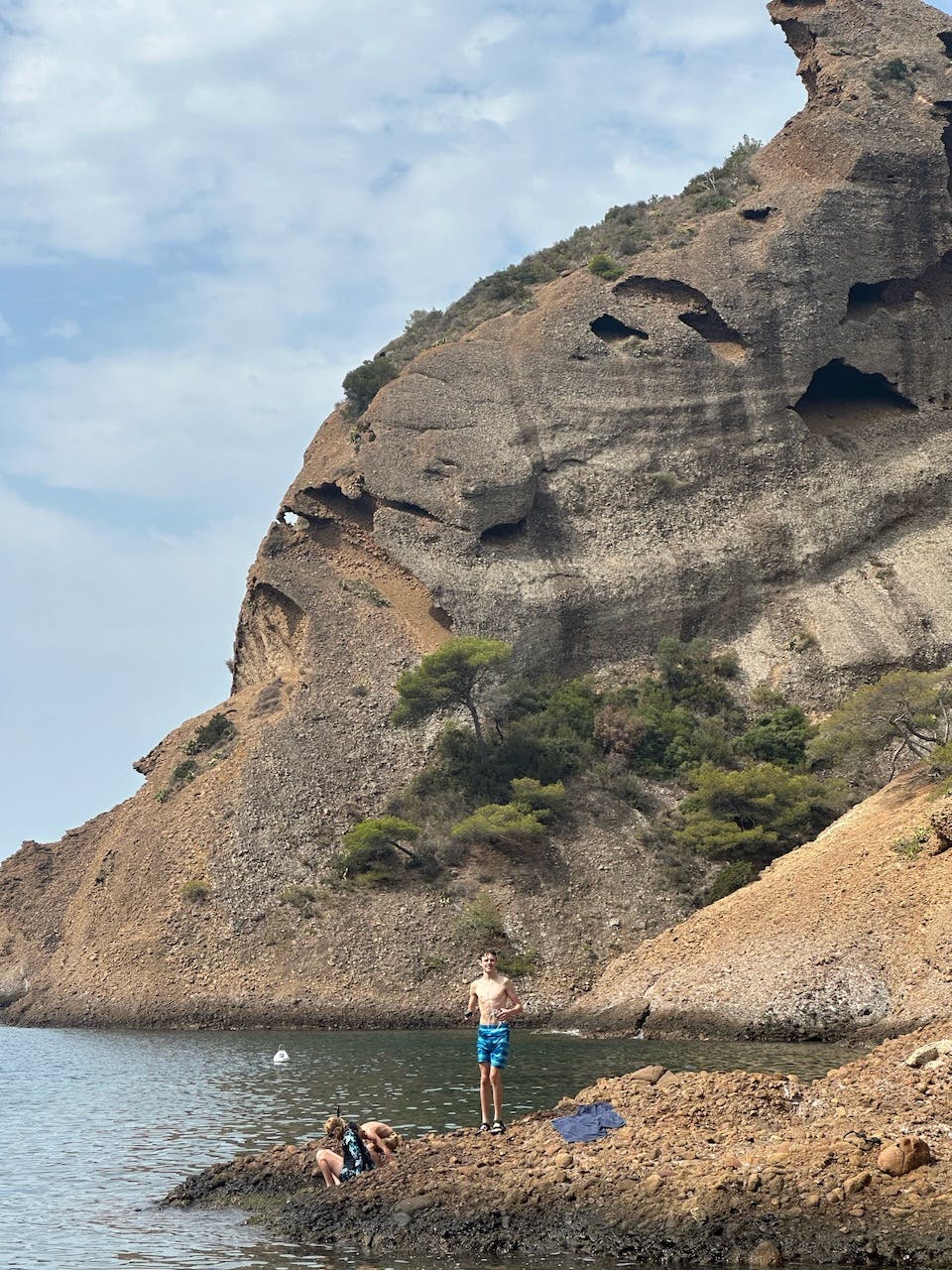
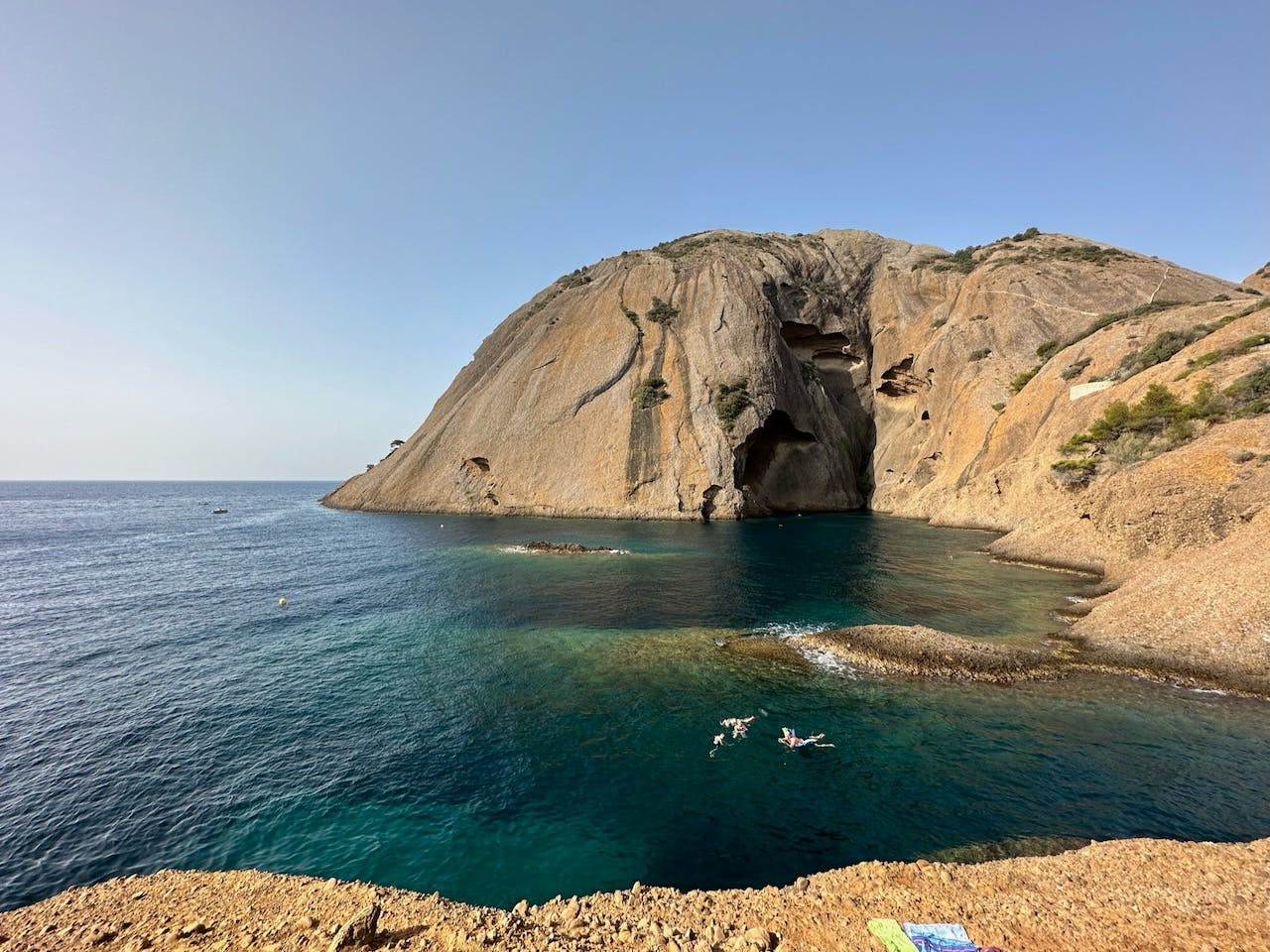
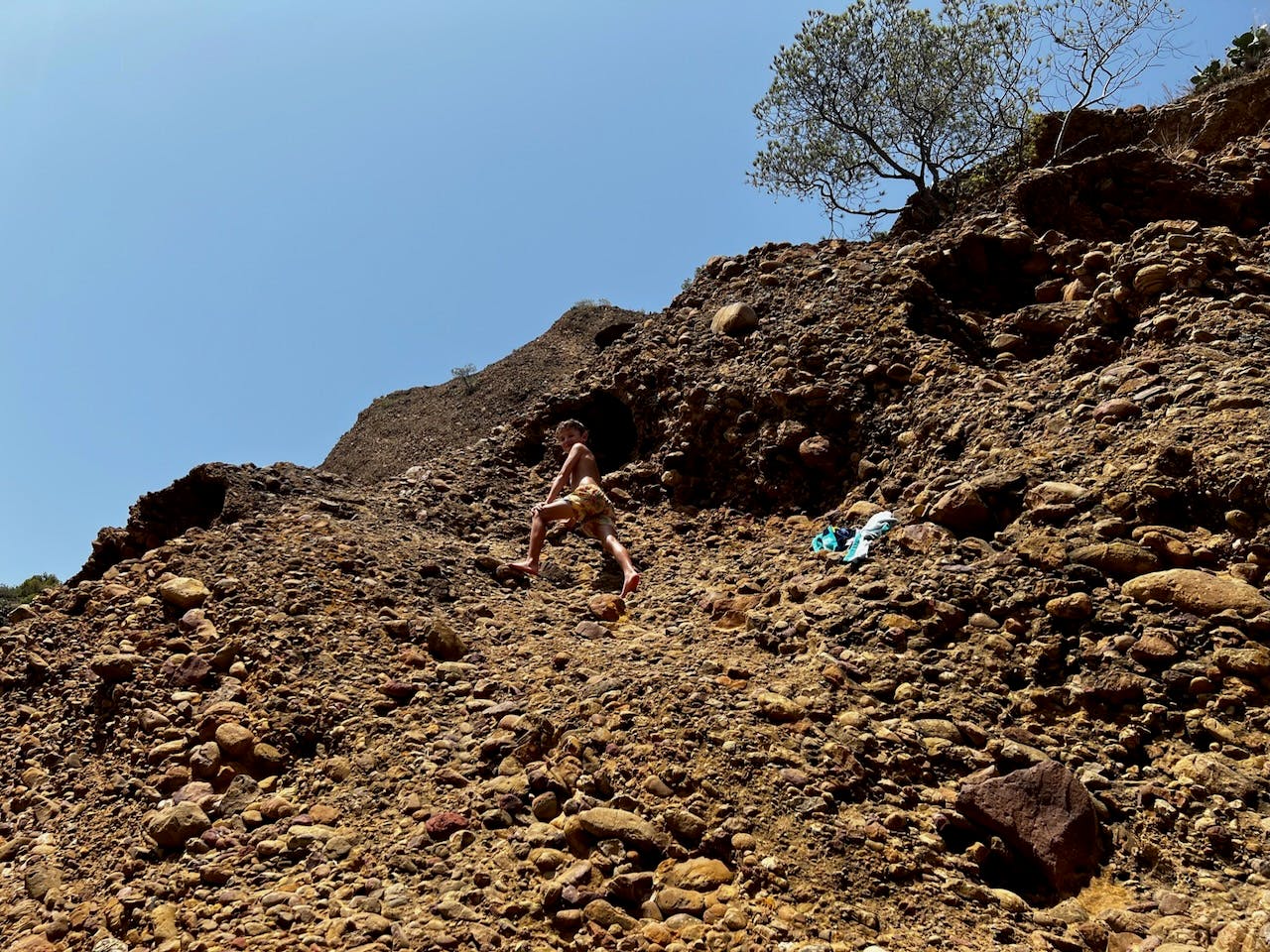
Lots of climbing and jumping happened at the calanques
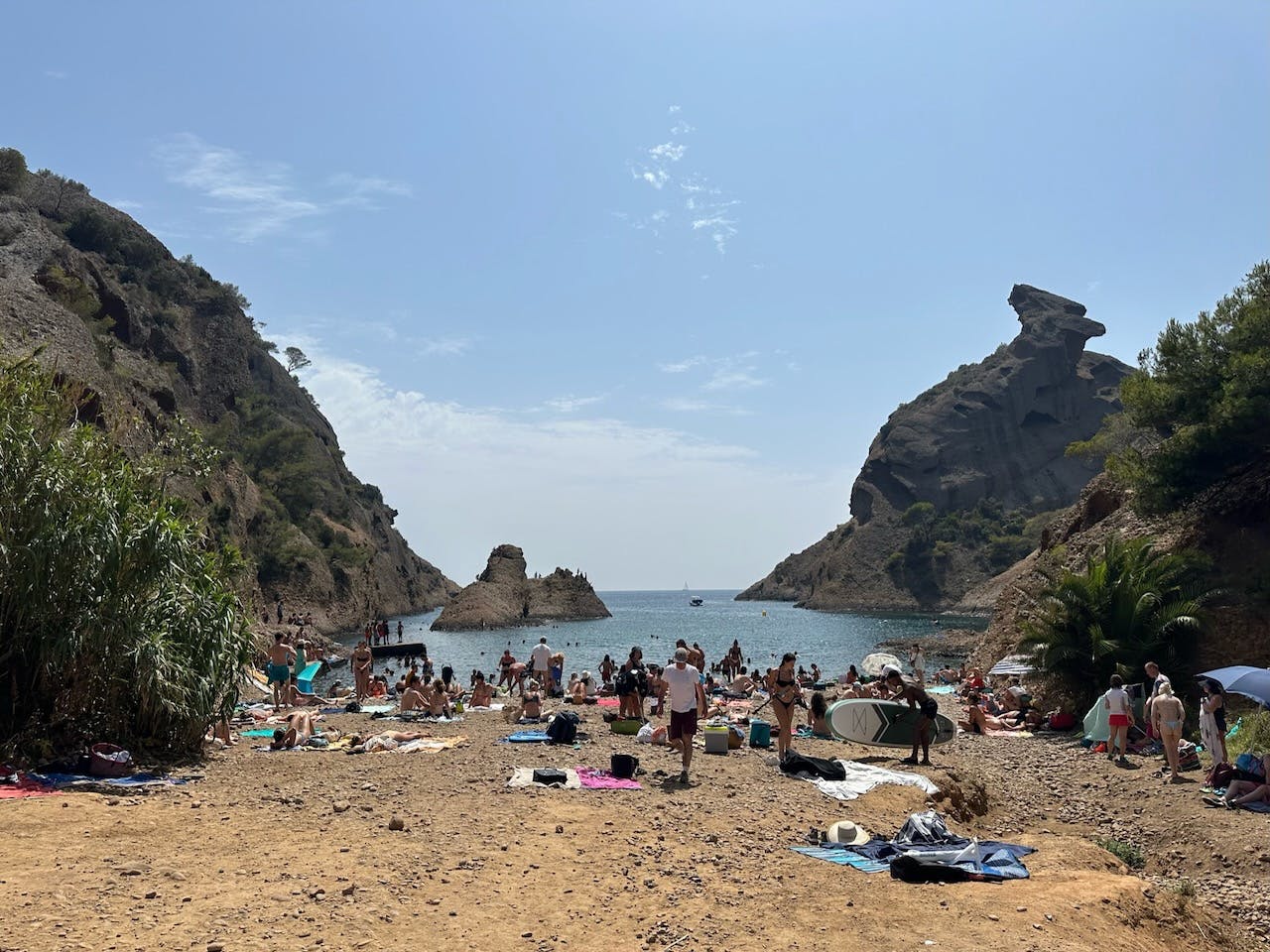
The beaches were busy but it did not affect us. The people watching was excellent and we were able to absorb some of the French culture.
